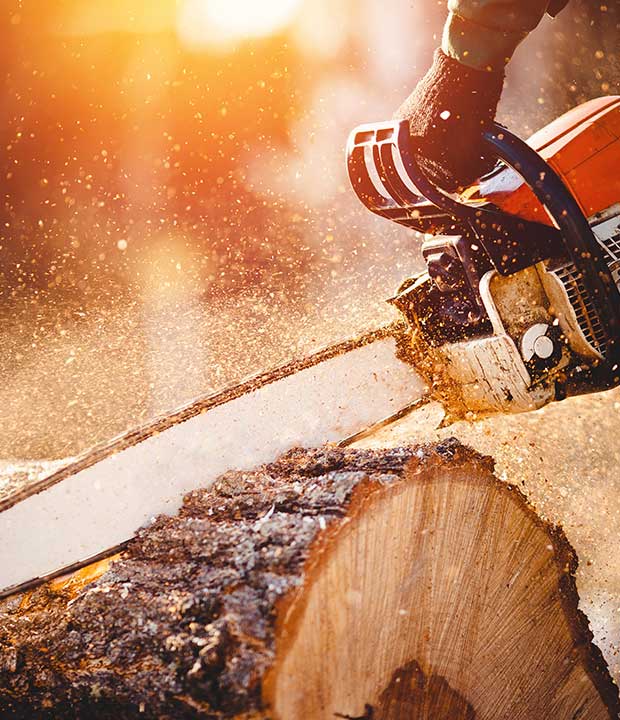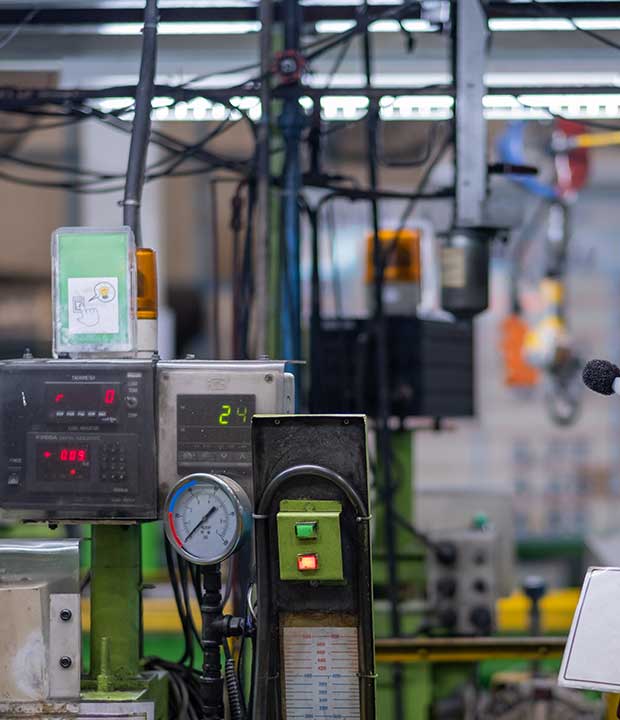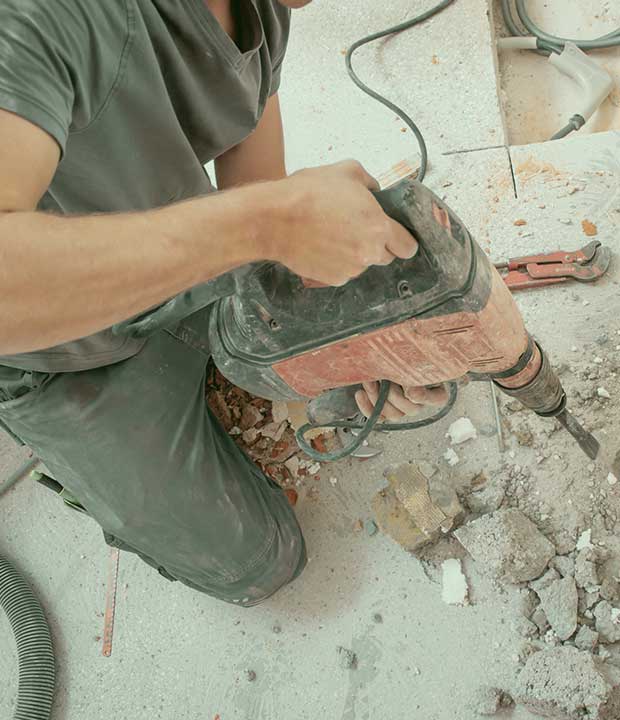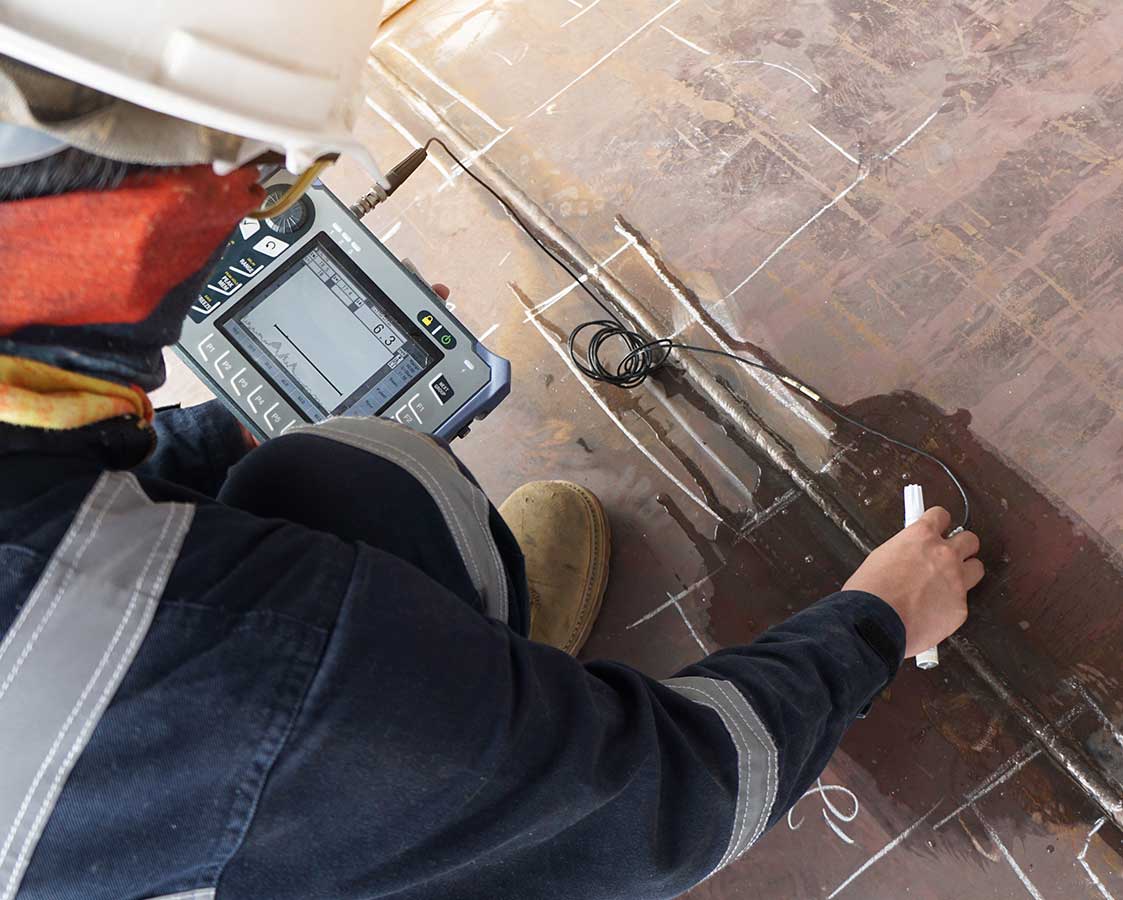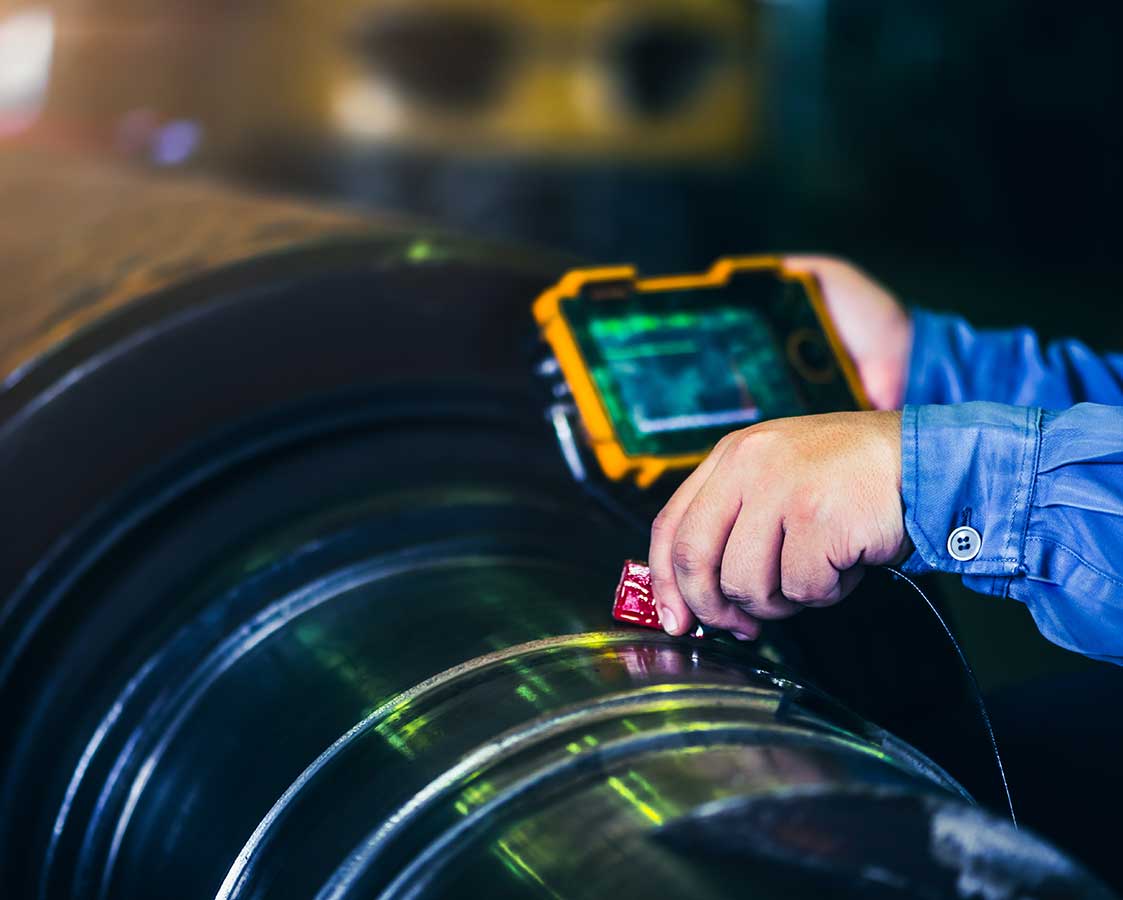When using power tools in the workplace, the most common concern in relation to occupational health and safety is noise immissions and the potential for hearing gloss, or the danger of being cut, struck or injured by a cutting or grinding tool.
There are also considerations of manual handling aspects, but this is a given in the construction, production and fabrication industries, Little thought turns to effects of the potential effects of vibration when holding and operating the equipment.
Health Effects of Hand Arm Vibration (HAV)
Hand Arm Vibration (HAV) when operating power tools can give rise to serious health effects and exacerbate the potential for manual handing injuries. The health effects that may be experienced by workers include those such as:
- White Finger Syndrome
- Tingling feeling and numbness of fingers
- Poor blood circulation, particularly to the tips of the hands
- Musculoskeletal disorders
- Joint stiffness and pain
- Increased potential for Noise Induced Hearing Loss (NIHL) otherwise known as industrial deafness.
Temperature can play a large part in the effects of Hand Arm Vibration disorders. The cold environment exacerbates the effects as when the body tries to maintain its warmth, the body uses a mechanism called vasoconstriction, where the body draws blood away from the extremities. When this occurs, the blood vessels and capillaries in the extremities of limbs may collapse. This is also commonly occurred to people who aren’t affected by Hand Arm Vibration and is known as Raynaud’s disease.
When the vibration and cold ceases then the blood will return which may have a throbbing sensation and pain associated with the circulation. Over time with continual exposure to Hand Arm Vibration, this may permanently damage the circulation system. Health surveillance may be required in some circumstances for vibration exposed workers.
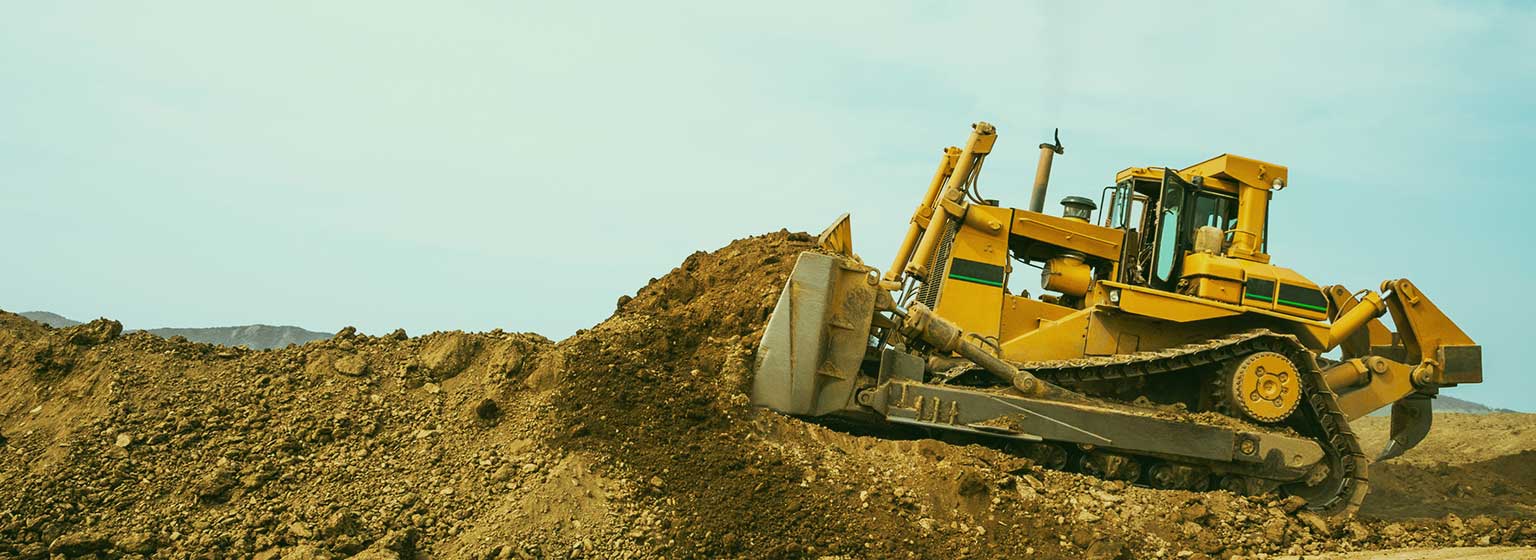
Testing and Measuring Hand Arm Vibration
HAV vibration measurement and instrumentation is used through accelerometers whilst a person is holding the equipment or machinery. The accelerometer measures the vibration of the hand whilst operating the equipment. The effect or exposure of Hand Arm Vibration is dependent on both the frequency and magnitude of the vibration. Different vibration frequencies will have a different impact on the total effect to the exposure.
The relevant Australian Standard for Hand Arm Vibration testing is AS ISO 5349.1-2013 Mechanical vibration – Measurement and evaluation of human exposure to hand-transmitted vibration – General requirements.
The HAV measurement is expressed in terms of the Root Mean Square (RMS) acceleration being m/s2 averaged over the vibration frequencies and weighting. The HAV measurements and testing of Hand Arm Vibration are then averaged over three X, Y and Z vectors to give an overall frequency weighted vibration.
Hand Arm Vibration Control Measures
Methods to reduce hand Arm Vibration start when first purchasing hand tools and equipment. Similar to a buy quiet policy for noise control, the manufacturers’ declaration for vibration measurements should be assessed when comparing other pieces of equipment. It is at this stage where the risk profile of Hand Arm Vibration can be evaluated.
When purchasing hand tools and equipment, have a look for newer models which have gel pads and cushions to reduce the transmission of vibration through to the hand.
Reducing the amount of time that a person spends on a task can reduce Hand Arm Vibration Exposures. Think about rotating workers to reduce their time spent on the task.
Other ways to reduce the Hand Arm Vibrations is the use of anti-vibration gloves. The anti-vibration gloves will act in a similar way to the gel pads and cushions that we see on vibration reducing equipment. It needs to be ensured that the gloves are maintained in good condition to ensure that they are still effective in reducing the overall vibration exposures.
Be absolutely assured. Safe Environments is NATA accredited for Noise testing
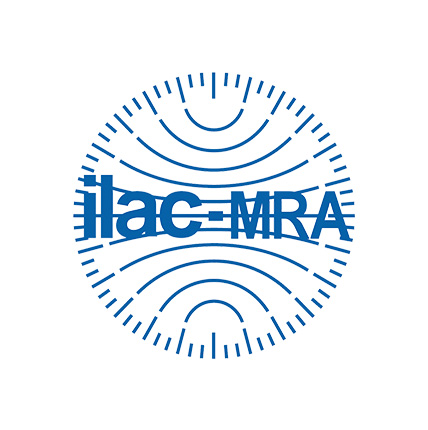
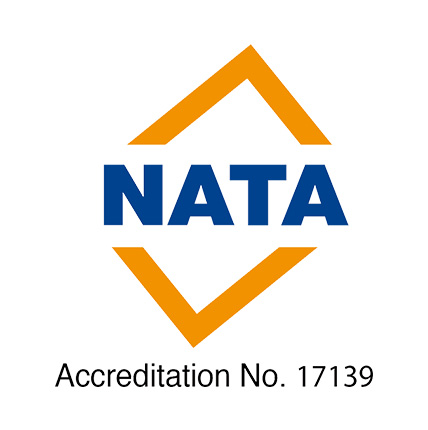
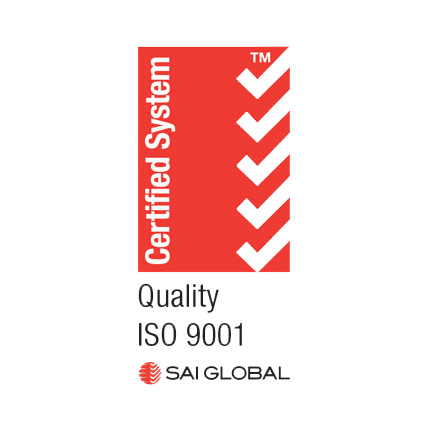
Ensure a Safe Environment
For more information on noise testing or management please contact one of Safe Environments Occupational Hygienists or Noise Consultants located in the following Australian cities:
Melbourne & Victoria
Unit 25, 1 Millers Rd Brooklyn VIC 3012 Australia
NSW - Sydney, Newcastle & Wollongong
Unit 4, 40 Bessemer Street, Blacktown NSW 2148
